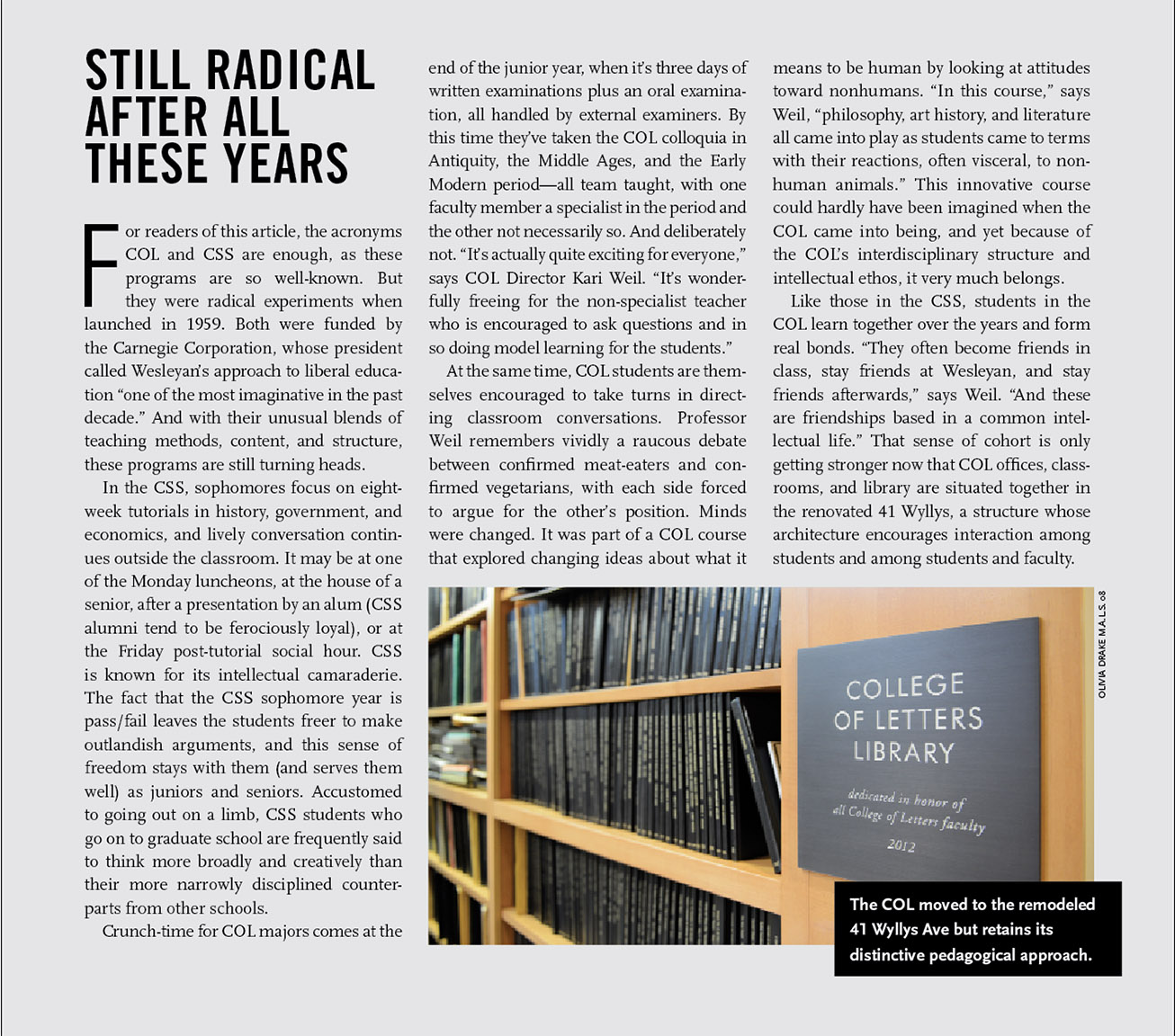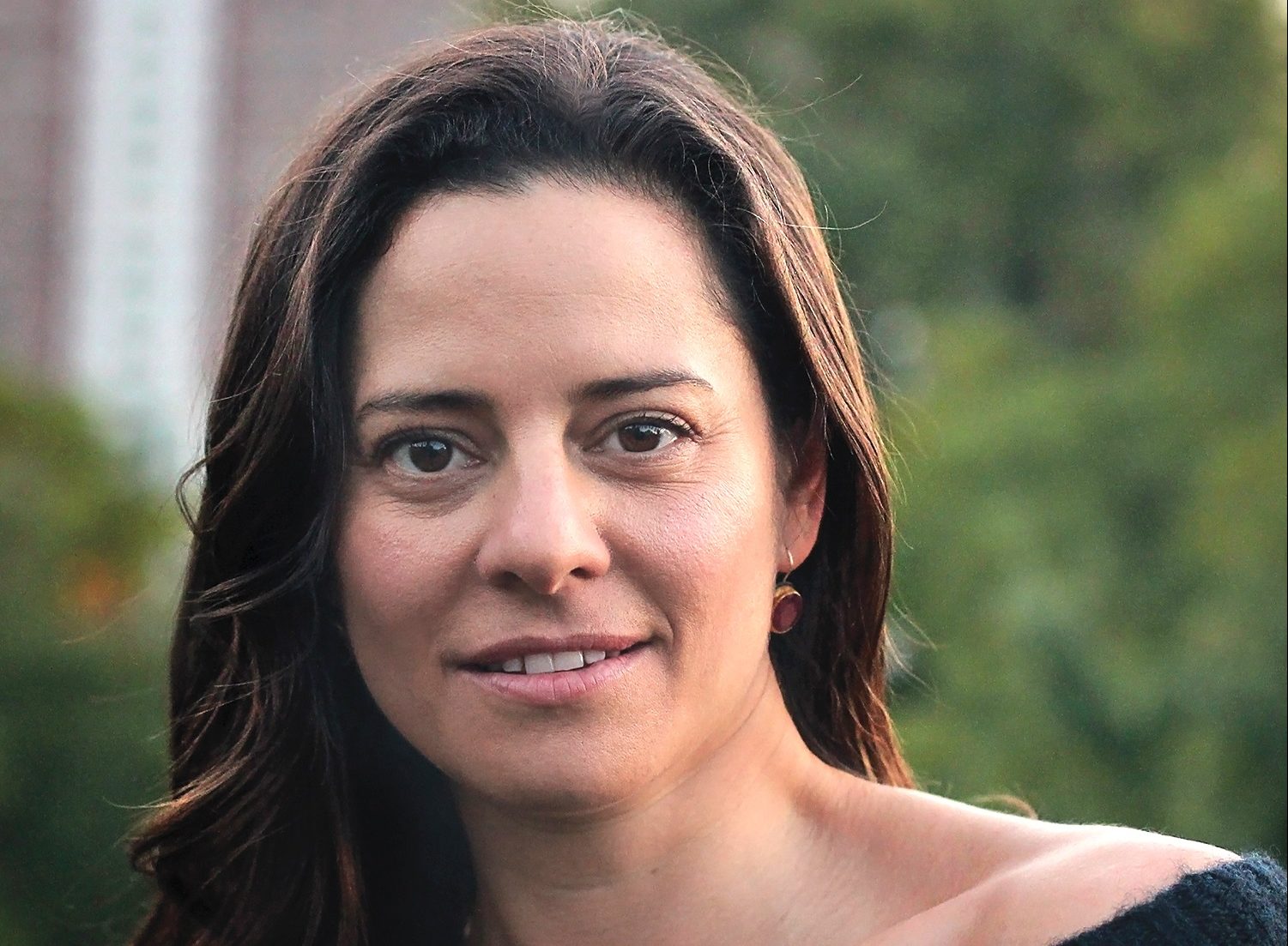PEDAGOGICAL INNOVATION
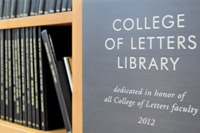
With nine syllables in just two words “pedagogical innovation” has a weighty feel. At once cumbersome and promising, it suggests “K–12 meets Silicon Valley.” Something school principals talk about, right? “Yes, and now higher ed is talking about it too,” says Sheryl Culotta, who oversees Wesleyan’s nascent Center for Pedagogical Innovation. Not that many professors in higher education are familiar with the latest theory of how students actually learn. The assumption has been that professors’ love of their own subjects and some experience as TAs during grad school would be enough to carry them in the classroom. And at elite schools like Wesleyan where that love is profound, it has been enough. So why is Wesleyan creating a Center for Pedagogical Innovation? Certainly its renowned teacher-scholars who routinely get excellent approval ratings from their students might be forgiven for thinking, “If it ain’t broke, why fix it?” But in fact, dramatic changes in technology and emphasis on learning that is engaged with the world are presenting new opportunities, and many Wesleyan faculty are rethinking how best to present the material they know so well. The Center for Pedagogical Innovation is being designed to help them do just that.
Of course Wesleyan has a history of pedagogical innovation. There’s the College of Social Sciences (CSS) and the College of Letters (COL), for instance [see sidebar at end]. Both Colleges sprang from the mind of legendary President Victor Butterfield, who remains an inspiration to the current president. Michael Roth ’78 has pushed for the extension of Butterfield’s College model with the creation of the College of the Environment, College of East Asian Studies, College of Integrated Sciences, and College of Film and the Moving Image.
At the same time, Roth has also promoted pedagogical experiments, including a partnership with Coursera (provider of MOOCS—Massive Open Online Courses), which Butterfield could not have imagined. Wesleyan’s online Coursera courses are gifts to the world, but as Roth predicted, experimenting with online classes is also leading to innovations in classrooms. Professor Andy Szegedy-Maszak was cajoled by Roth into giving Coursera a try—with the results one might have anticipated from one of Wesleyan’s most celebrated teachers. A review (The Verge) of Szegedy-Maszak’s online course, The Ancient Greeks, praised his “uncanny gift for communicating complex ideas with lucidity, humor, and elegance” and likened his voice to “soaking in a huge stone bath scented with rose petals while being fed grapes and gently serenaded by a distant lute.” Then, in teaching the full version of the The Ancient Greeks on campus, he used the videos as chapters for a kind of online textbook. “Students really liked it,” he reports, “and the next time it will be even easier since Coursera has just switched the class to on-demand, so that the Wes students can move through the online material at their own pace.”
The Coursera experience also changed the teaching of Professor Lisa Dierker. She has incorporated modules from her online Passion Driven Statistics into her Wesleyan campus courses. Dierker is a fearless advocate for innovation in the classroom. That includes new approaches to class duration and scheduling. As part of her work with the Center for Pedagogical Innovation, she is preparing a Spring Intensive, in which students (rather than taking four courses, each of which lasts the semester) take only one course at a time for a total of three weeks each. Students who take the Intensive will create their own sequence from various possibilities in psychology, dance, neuroscience and behavior, theater, biology, sociology, COL, and the Allbritton Center for the Study of Public Life. Class will meet almost every day for three to four hours, and she is excited about that. “I’ve bumped up against what I can accomplish in one hour, 20 minutes,” she says.
Change comes in fits and starts to an established curriculum like Wesleyan’s. When the CSS and COL were launched, computer science didn’t even exist as an academic discipline. These days innovation in teaching is often driven by changes in information technology, and as you might expect, Computer Science at Wesleyan keeps up with those changes.
In some respects computer science seems a far cry from the “great books” and honors theses of CSS and COL. “When you write a paper,” says Computer Science Professor Janet Burge, “you wait for someone else to read it to see how well you did. What’s cool about software is that when you write a program and run it yourself, you immediately see how well you did.” And often these programs are tied to “real-world” projects. In the context of a service-learning software engineering course, teams of her students developed prototype software to help the Green Street Arts Center with student registration and also worked with Amber Smith ’14 to design an online community for amputees and their families.
Burge designed her software engineering course as a “hybrid” that used a private online course facilitated by UC Berkeley’s collaboration with the nonprofit edX, including prerecorded lecture segments, quizzes, and homework assignments for students. Moving some (although not all) of the lectures to outside the classroom gives more time for the students to collaborate in teams and receive feedback on their work in class. What Burge wants from these interactions is less that students commit a particular technology to memory than that they enhance the skills that enable them to design and develop such technology. While Butterfield would not have seen much that was familiar in Burge’s class, he would have recognized the emphasis on enhancing essential capacities (rather than simply acquiring knowledge) as “classic” liberal education.
Trying out new educational practices at a new job is always a risk—how will this be received by the students? On her arrival at Wesleyan, Burge was buoyed during her faculty orientation by a presentation by Professors Michael Weir and Ruth Johnson on their innovative approach to video and introductory biology.
As homework for their Friday problem-based learning sessions, Weir and Johnson assign videos, which they themselves have produced, introducing the material. The audial back and forth between them (one accent South African, the other British), together with their use of diagrams and slides of key concepts, has proved appealing to students. As Professor Jan Naegele, director of the Center for Faculty Development and organizer of the new faculty orientation, put it: “In their videos, Johnson and Weir introduce a key concept or controversial topic and take different sides. They debate, one starts a sentence and the other finishes it; it’s really quite delightful.”
The expectation of Weir and Johnson was that students would look at the videos once, but, in fact, many students look and listen several times. (This, of course, is video capture’s great advantage over the live lecture.) The innovation does not stop there. When the students first arrive in the Friday class, they are asked to stand up and move around until they have found someone they have not yet met and then take a moment to discuss a key concept from class. “It’s a way of bringing everyone into class as an active participant,” says Weir. This exercise in science choreography was inspired by Weir’s collaboration a few years ago with dance choreographer Liz Lerman and her use of movement-based tools to encourage creative approaches to science.
So how did this innovation happen? While faculty regularly discussed whether they should change how introductory biology should be taught, those discussions never really led anywhere—until Weir decided to take a close look at withdrawal rates. Students who withdraw tend not to be taken into account since they never submit evaluations, but what Weir found made him think that an experiment with pedagogical innovation was called for. More emphasis on problem-based learning and smaller sections (led by faculty with TAs) together with such other innovations as the “flipped classroom” videos and anonymously-populated charts indicating how much time fellow students are spending on their study assignments have changed how biology is introduced to students at Wesleyan.
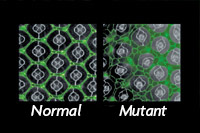
And Weir is clearly excited about it. “These experiments with pedagogy seek to improve learning by increasing engagement and inclusion,” he explains. And they’re working. Withdrawal rates have been reduced for all students—and dramatically so for students from under-represented groups (such that rates are now equal for all students). In Introductory Biology, pedagogical innovation is working for students, for faculty, and for TAs. Weir recounts how a student who returned as a TA for the Problem-Based Learning sessions credited that experience with making “the MCAT a breeze.”
Project-based Learning (PBL) is also at the heart of Professor Psyche Loui’s courses in psychology. Her Advanced Research Methods Course in Auditory Cognitive Neuroscience is entirely PBL. After reviewing the latest studies in auditory cognitive neuroscience—especially with respect to speech and music—students design and implement their own group project. One such project, using music to help people with epilepsy, led to a publication. So did a project looking at how rhythm affects the way music and language are processed in the brain. Loui remembers with some amusement and not a little fondness when one student (a rapper, she discovered) started rapping in the middle of class discussion to demonstrate a point. She loves it when students apply scientific insights to their own life. And she and her students are not the only ones to love that. Last month the Imagination Institute at the University of Pennsylvania awarded Loui a $200,000 grant to use brain studies to explore the mental trajectories of aesthetic imagination and creativity in jazz improvisation.
Wesleyan’s mission statement describes the education it seeks to offer as “characterized by boldness, rigor, and practical idealism.” The word “boldness” is meant to signal openness to pedagogical innovation, and the term “practical idealism” points to the ability of students to translate what they learn in addressing real world problems, be it creating an online community for amputees or music that helps epileptics. Wesleyan is interested in doing more with PBL, which often results in greater engagement on the part of students, deeper understanding of concepts, and improved collaborative and communications skills.
“In biology, computer science, mathematics, and physics,” notes Naegele, “PBL is also encouraging the participation of more women and minority students.” Major national foundations, impressed with what the university has been doing so far, have proved eager to help, awarding Wesleyan with grants to promote (and assess) PBL across the curriculum. This includes support for pedagogical workshops and either course relief or course overload pay for faculty who want to create PBL courses.
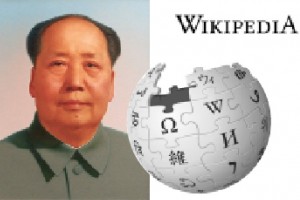
In helping students develop their problem-solving skills, involving them in research is key, and that’s central to the new College of Integrative Sciences (CIS), whose first majors came aboard in April. “These students are attracted by the fact that we put research front and center,” says CIS Director Francis Starr. “They’re eager to work as close to the frontiers of knowledge as they can get and interested in using methods from different disciplines to attack their questions.” A project that comes quickly to mind for Starr, professor of physics, is that of rising junior Redwan Bhuiyan, who is studying the eye of the fruit fly [see images at left] under the mentorship of biologist Ruth Johnson. Her lab is part of the CIS, and her student promises to benefit from the help of CIS mathematicians and physicists. “Mathematicians get excited when they see the shapes of the cells and the angles at which they meet,” says Johnson, “and physicists come alive because they can picture the forces involved.” In order to understand tissue structure it’s helpful to study mutations that lead to its deformation, and the pedagogical synergies offered by this innovative new college should help Redwan Bhuiyan do just that.
Much has been made about the easy availability of knowledge online and the challenge that this poses to higher education. Why wait for a professor to tell you about a subject when you can find that subject explained in Wikipedia? Professor Stephen Angle turns that challenge into an opportunity. He tasks his students in his Modern Chinese Philosophy course with contributing to a Wikipedia entry (in addition to other more traditional assignments).
“When students write a paper, they hand it in to the professor, they get it back graded, and that’s often the last anyone sees of it,” says Angle, “but when they contribute to Wikipedia, their writing is out in the world for all to see, and it’s there for an indefinite period of time.” Angle is well aware of Wikipedia’s limitations, but he finds it valuable nonetheless, especially as an introduction to a subject. It’s a communal endeavor worth being a part of, and in the area of modern Chinese philosophy (a subject little taught) there is still much to be done. Wikipedia is weak on Chinese Marxism and even weaker with respect to modern Confucianism and Chinese liberalism, according to Angle, and this opens the door for his students to make real contributions. And contributing is what Wikipedia is all about.
At the same time, students quickly learn that there is a lot more to a Wikipedia entry than they first imagined. The tabs at the top of each entry—Talk, View Source, and View History—reveal an infrastructure of rules, regulations, procedures and protocols. There’s plenty of online help in this regard—including a tutorial on how to set up an account, edit an article, and participate in discussions—but still some entries are more difficult to navigate than others. One student, noting that the entry on Mao Zedong was poorly organized and missing lots of scholarship, decided to take it on. Hit the Talk tab, and you can see why the student changed his mind. The entry on Mao is the subject of virulent battles. A Wikipedia entry is supposed to be a balanced summary of research, and that just doesn’t seem possible with Mao, today. The student chose another topic

Students at Wesleyan have always had access to encyclopedias, if only in the library, but in Angle’s innovative class they learn what’s involved in encyclopedic writing and experience the satisfaction (and frustration as their own contributions are edited by others) of participating in the collaborative spreading of knowledge.
Antonio González enjoys teaching his Spanish Literature course, The Intercultural Stage: Migration and the Performing Arts in the Hispanic World, in part because the topics are so close to his research. The last time he taught it, he organized it quite differently and turned his classroom into an intercultural stage all its own. He and a colleague at the University of Madrid taught their classes in conjunction with each other. Both classes used the same syllabus and were focused on artistic responses to migrations across two different borders: Latin American migration across the Rio Grande and the migration of Africans into Spain through Gibraltar. The idea of González and his collaborator in Madrid was that videoconferencing of classes held simultaneously would lead students to experience directly a bit of the heterogeneity, transnationalism, and interculturalism they were reading about.
Trying to wield the tripod effectively while making his students comfortable with their counterparts in Spain was a challenge for González, but one in the end that he found “extremely fulfilling.” In the final weeks of the class two Wesleyan students were matched with two Madrid students and assigned a group project, and González was delighted with the results. As were his students, one of whom left for Madrid after the class to visit her classmates in person. Next time he teaches the course, he will try to create more of the transatlantic interaction among small cohorts. Moreover, as the (inaugural) director of the Center for Global Studies, González plans to encourage his Wesleyan colleagues who are working on international topics to think about using videoconferencing in similar ways. Soon his classroom may not be the only one here that’s an intercultural stage.
After teaching the course, American Literature from 1865–1945, from the lecture podium for 20 years, English Professor Sean McCann decided to change things up. Instead of lectures, he created 15-minute videos for each session, assigned them as homework and devoted class time to a brief recap and discussion groups led by TAs (juniors and seniors who had taken the class before). Has the innovation had a big impact on student learning? It’s hard to tell from the standard metrics of student performance and teacher evaluations. For him, the big payoff lies in student engagement and the excitement of working with the TAs, who experience firsthand the adage that “to master a subject, teach it to someone else.”
McCann moves amongst the student groups distributed around Russell House and listens to them argue about Mark Twain’s fictional character Pudd’nhead Wilson. Does Twain’s realist approach—stemming from suspicion of romanticism and ideology in the wake of the Civil War’s devastation—naturally lead to profound moral ambiguity with respect to the racial question? Why was the triumph of Pudd’nhead, man of science and the Enlightenment, so well-received by white supremacist readers? Hearing the excited, sometimes raised voices of the students “is a great experience,” says McCann. And it’s this above all that confirms him in his pedagogical innovation.
“To learn, read. To know, write. To master, teach” is, according to Wikiquotes, a Hindu proverb. Juniors and seniors experience the power of this in assisting faculty across the curriculum. And sometimes they take things into their own hands. Design thinking, for example, was not being taught by any faculty here, so undergraduates took it upon themselves to create a student-taught class: Innovation Through Design Thinking. Offered through the Patricelli Center for Social Entrepreneurship and the Allbritton Center, the course built upon the experience the previous semester of students and staff who took an Acumen+IDEO MOOC on human-centered design. “The MOOC was not for credit, so students found it easy to put it on the back burner when things got busy,” said Makaela Steinberg Kingsley ’98, director of the Patricelli Center. “As a full-credit student forum, however, students treated it with the attention and rigor that they typically devote to their academics.” Professor Rob Rosenthal, director of the Allbritton Center, was the faculty adviser for the forum, and he found that “the PBL, peer-to-peer format was extremely well suited for learning the theory and practice of human-centered design.”
Next year students interested in innovation through design thinking won’t have to teach it to themselves. Dierker’s Spring Intensive includes a course in Design Thinking as one of the options. “Define, research, ideate, prototype, choose, implement, and learn” is coming (officially) to the curriculum.
Kingsley and Dierker are also two of the advisers to the student-run DIY Collective which (together with other student groups) is seeking the university’s help in creating a communal makerspace. DIY stands for “Do It Yourself,” and the students are looking to build a space in which to engage creatively with one another and collaborate. The ground floor of Foss 8 has been identified as a possible site. That Wesleyan needs such spaces is one of the conclusions drawn by the Campus Planning consultants, whose report has just been published. Struck by the degree to which Wesleyan students make use of an idiosyncratic network of informal learning spaces—from nooks in corridors to empty classrooms—the consultants have recommended enhancing that network to further serendipitous encounters among students and among students and faculty. The report also recommends more transparency (more glass) to showcase learning and teaching in action and more flexible learning spaces to support different kinds of teaching and group work.
The nature of the space in which learning takes place very much matters, and formal learning spaces at Wesleyan are quite traditional. Among the key aspects planned for the new Center for Pedagogical Innovation (115 Mount Vernon Street) are a recording studio to facilitate the creation of blended classes and an experimental classroom with telepresence capacity and moveable furnishings to help faculty try out new approaches. For there’s always risk when trying something new in the classroom. Not all education strategies will be appealing to all students, especially when they counter student expectations. In the world of Wesleyan where 90 percent approval ratings of teachers are the norm, displeasing even a few students can be noticed. Innovations often have a dark side. Fear of repercussions is a drag on innovation everywhere. So, of course, is complacency.
One of those making the case to faculty that the risks of pedagogical innovation are worth taking is Naegele at the Center for Faculty Development. “Teaching is hard,” she says, “and it’s really hard when you have a diverse class of technologically savvy undergraduates who are used to multimedia presentations and acquiring information through their hand-held devices. Many are incapable of learning by sitting passively in the lecture hall, which is how most of us faculty learned.” She concludes: “We can no longer teach the way we learned.”
This year Naegele will be overseeing a number of roundtable conversations among faculty and staff on such subjects as PBL, service learning, the new digital media lab, the use of Wikipedia, videoconferencing, blended learning and flipped classrooms, and the use of Go Pro cameras and social media like Twitter in the classroom.
Yes, some faculty are suspicious of the encroachment of technology in the classroom. They see technology as a distraction and find its speed antithetical to the pace of humane contemplation. So technologically driven innovation in the classroom won’t be happening everywhere at the same rate. Certain innovations are more appropriate for some subjects than others. But in many cases those for and against technologically driven innovation have much the same goal: to create as much space as possible for humane interactions among faculty and students. That’s a goal that inspired President Butterfield—and one that everyone who has been a Wesleyan student and teacher will appreciate.
What does “pedagogical innovation” mean? Does it mean new content is being taught? Old content taught in a new way? New academic structures that encourage new subject matter and new teaching methods? New physical structures or technologies that change the way students learn? At Wesleyan today it’s all of the above.
Charles G. Salas MA ’85 is director of strategic initiatives at Wesleyan.

